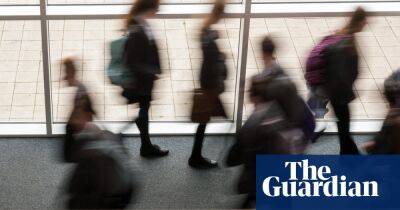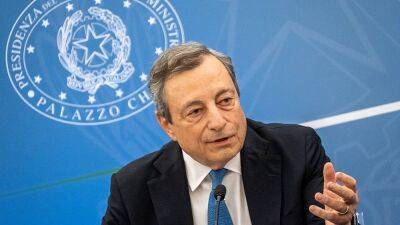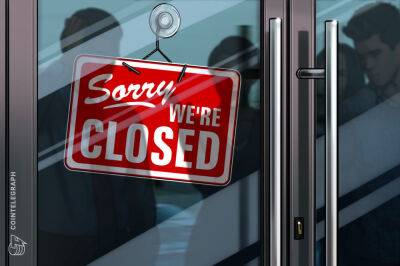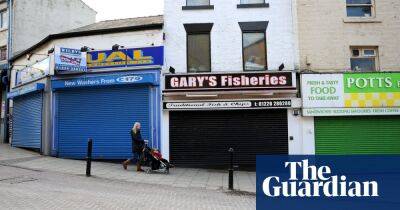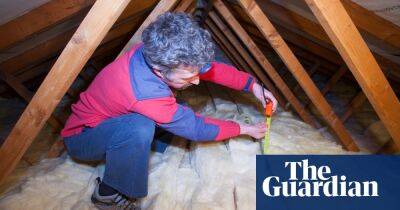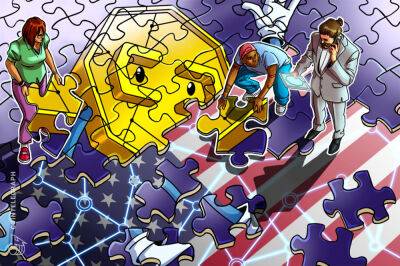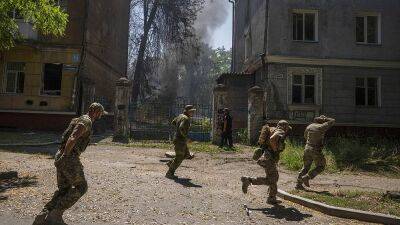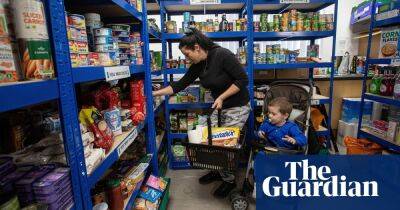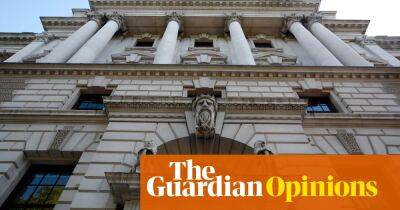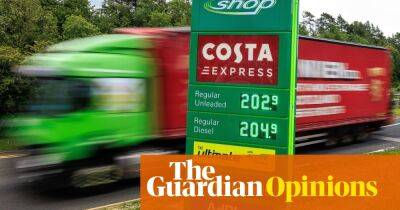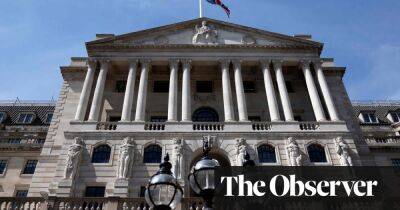The Guardian view on child poverty: a crisis but no policy
The increase in the level of child poverty in north-east England in the year 2020/21, to 38%, is an ominous sign of the shape of things to come. What such statistics mean in human terms is that millions of people are getting into debt; making choices between heating and eating; and finding essentials including sanitary items – let alone luxuries – have moved out of reach. As the school holidays approach, the outlook for children whose families can’t afford to go on holidays or outings, and who rely during term time on free school meals, is bleak.
Because of the £20 weekly uplift in universal credit payments, introduced to help people manage through the pandemic, the incomes of the poorest 20% of households in the UK rose by 4% overall during this period. Poverty had been predicted to rise following the withdrawal of the increase. But for reasons including the large number of people in the north-east who have yet to transition to universal credit from the previous system, the temporary relief provided by the Covid measures passed the region by. Researchers for the End Child Poverty coalition of charities, whose calculations refer to incomes after housing costs, also registered increases in child poverty in Wales and parts of the south-east, including Luton. In total, 3.6 million UK children are defined as being in poverty, with the north-east overtaking London to have the highest rate.
When combined with data including annual supermarket inflation, which hit 8.3% last month, and soaring energy prices, this latest report is even more sobering. So are the experiences described by those who are worst affected, who are disproportionately lone parents, disproportionately black and Asian, and disproportionately living in
Read more on theguardian.com
